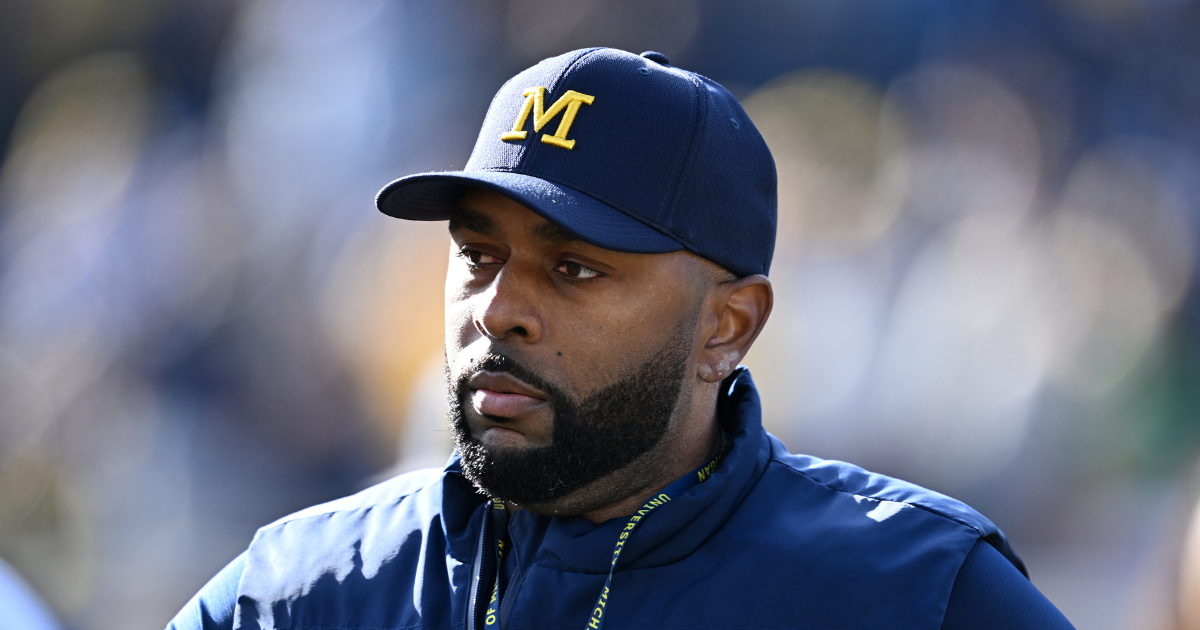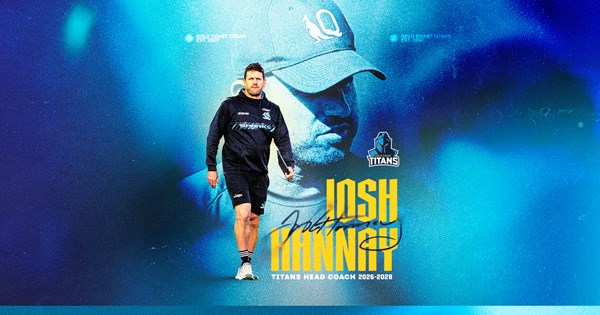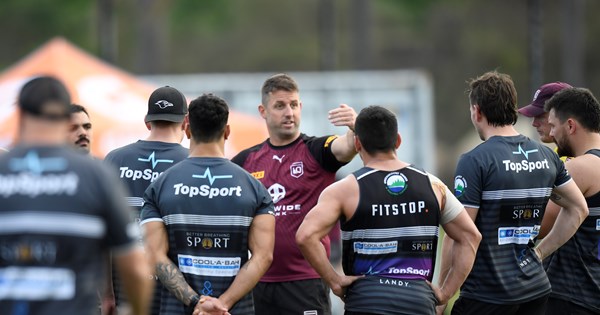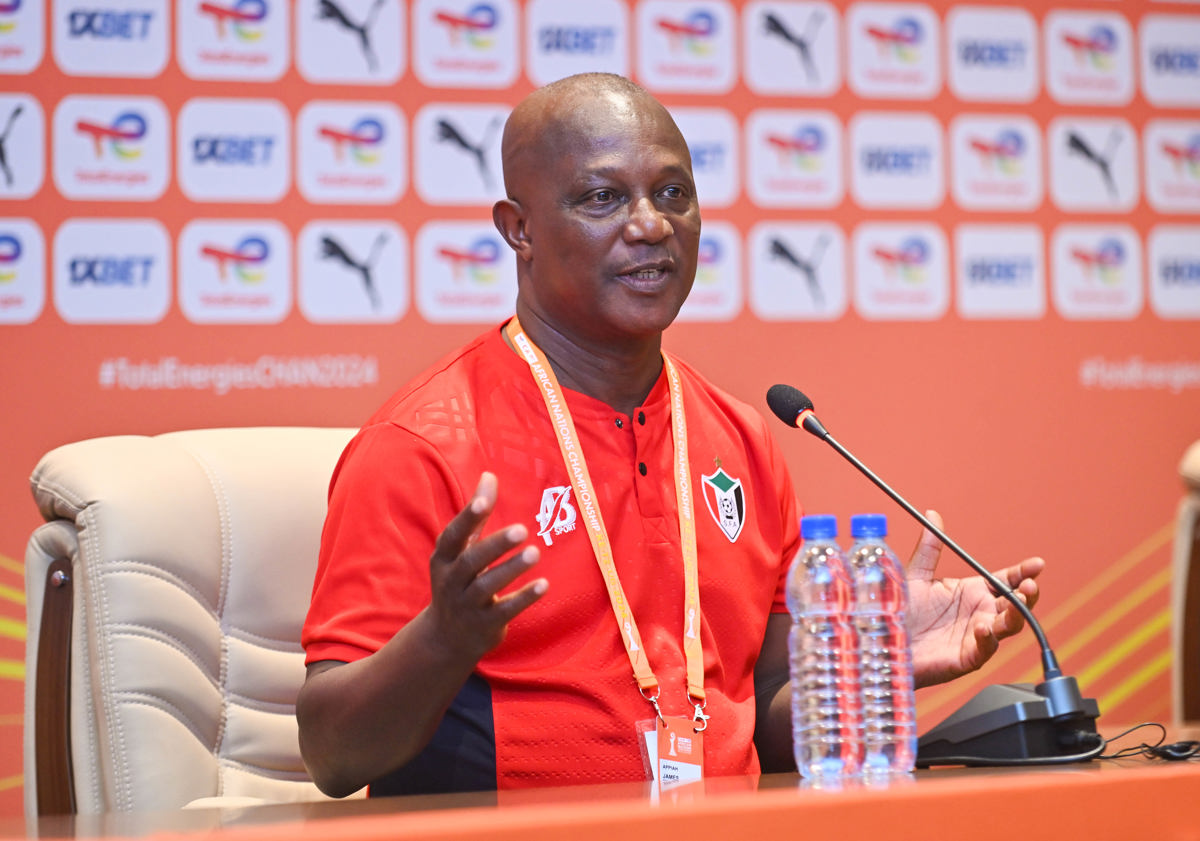Could Alexander Isak use a legal case to leave Newcastle United?

Analysis: The Diarra case decision by the European Court of Justice last year might give Isak a legal precedent to end his transfer sagaBy James Callan and Mark Hyland, TU DublinWhen whispers first emerged that Alexander Isak might be looking for a way out of Newcastle United, the thoughts of agents, transfer fees or the usual gossip weren't the priority. Oddly enough, it recalled the courtroom. Buried in European football’s legal history is the Diarra case, a judgment by the European Court of Justice (ECJ) that still resonates today. If Isak really wanted to force an exit, could that legal precedent become his unlikely escape route?What is the Diarra case?Most football fans know about the Bosman ruling, which allowed free transfers at the end of contracts, but fewer know about Diarra. In the mid-2000s, a promising French midfielder Lassana Diarra and others challenged restrictive club rules that effectively blocked their freedom of movement. The ECJ reaffirmed something powerful: footballers, despite their unique profession, are still workers under EU law.We need your consent to load this rte-player contentWe use rte-player to manage extra content that can set cookies on your device and collect data about your activity. Please review their details and accept them to load the content.Manage PreferencesFrom RTÉ Radio 1's Today with Claire Byrne, Daniel McDonnell from the Irish Independent on the background to the Diarra caseThe Court argued that employment restrictions in football cannot go so far as to unlawfully limit a player’s right to move jobs across borders. In simple terms, clubs cannot hold players hostage under contracts if those terms become disproportionate or exploitative. While the ruling didn’t tear down the transfer market like Bosman did, it added to a growing body of case law that reinforced footballers’ labour rights.This is why it lingers in the background of any discussion about high-value players who feel trapped: legally, there’s a crack in the wall that could be exploited.Isak the €70 million manWhen Newcastle signed Isak for a record €70 million in 2022, it felt like a statement of intent. A tall, elegant forward with pace, flair and a clinical eye for goal, he was meant to symbolise Newcastle’s new era under Saudi-backed ownership via the Public Investment Fund (PIF).From Newcastle United, all of Alexander Isak's 27 goals from the 2024/25 seasonTo his credit, he delivered. Across the 2024/25 season, Isak blossomed into one of the Premier League’s most dangerous strikers scoring 27 times over 42 appearances during that footballing year. The former Sociedad and Dortmund man’s ability to drift wide, beat defenders with ease and finish with either foot made him Newcastle’s talisman leading them to their first domestic trophy in 70 years in the form of the Carabao Cup (formerly the League Cup). The crowd at St James' Park adored him.Why does he now want to leave the Magpies?But beneath the goals and the celebrations, tension brewed. Newcastle’s ambitious project hit the wall of financial fair play. Spending was curbed, reinforcements came more slowly and the team slipped from Champions League contenders to scrapping for Europa League spots. For a player like Isak, now in his prime, that drop in competitiveness matters. No striker of his calibre wants to peak while his club is constrained by balance sheets.This summer, Isak finds himself at a crossroads and rumours have linked him to Arsenal, PSG, Real Madrid and Liverpool, whose €140 million bid for the player was rejected earlier this month. All represent clubs offering Champions League football and a realistic chance of silverware. For Isak, the attraction is obvious: why stay in Newcastle’s project limbo when he could be fighting for major trophies elsewhere?However, Newcastle are in no rush to sell. With his contract running until 2028, they hold all the cards, at least in a football sense. That's where legal whispers come in. Could the Diarra precedent, with its emphasis on freedom of movement, be weaponised to force Newcastle to lower their demands or even release him?In theory, yes. Isak could argue that being priced out of a move restricts his right to work elsewhere in the EU. But in practice, it would be messy. The Premier League, Newcastle and football’s governing bodies would fight tooth and nail to protect the transfer system. Still, the threat of a legal route could shift the balance of negotiations in his favour.What would a Diarra mean?If Isak, or any other top-level player, were to invoke Diarra, the implications would be seismic. Clubs might become hesitant to invest heavily in stars if the security of long-term contracts could be undone in court. At the same time, it would empower players, reminding everyone that footballers are employees, not just tradable assets.If Isak or any other top-level player were to invoke Diarra, the implications would be seismic.Fans of clubs elsewhere can’t help but empathise with Isak. Watching him, it’s clear he belongs in the Champions League. The thought of his prime years spent in Newcastle’s rebuilding cycles feels like a waste. But there’s also a part of fans of the sport that admire loyalty, and it would sting for Geordie fans if their hero escaped not by goals but by legal loopholes.So, can Isak use the Diarra case to escape Newcastle this summer? Legally, the precedent exists. Practically, it’s untested at the elite Premier League level. What’s certain is that Isak’s situation highlights the enduring tension between football as an industry of contracts and football as a workplace governed by labour law.If he stays, Newcastle fans will rejoice. If he leaves, especially through legal fireworks, it could reshape how the game thinks about contracts forever. For now, the ball is in Isak’s court - or perhaps, in his lawyer’s.Follow RTÉ Brainstorm on WhatsApp and Instagram for more stories and updatesJames Callan is a business and law graduate from TU Dublin who has coached for Dundalk FC and Coerver Coaching. Dr. Mark Hyland is a Lecturer in the Faculty of Busines at TU Dublin.The views expressed here are those of the author and do not represent or reflect the views of RTÉ


/https%3A%2F%2Fsportsmole-media-prod.s3.gra.io.cloud.ovh.net%2Fuploads%2F2025%2F08%2Fsm-azzuu-pep-city-68ac636a7d9ce148363820.jpg)

.jpg)







